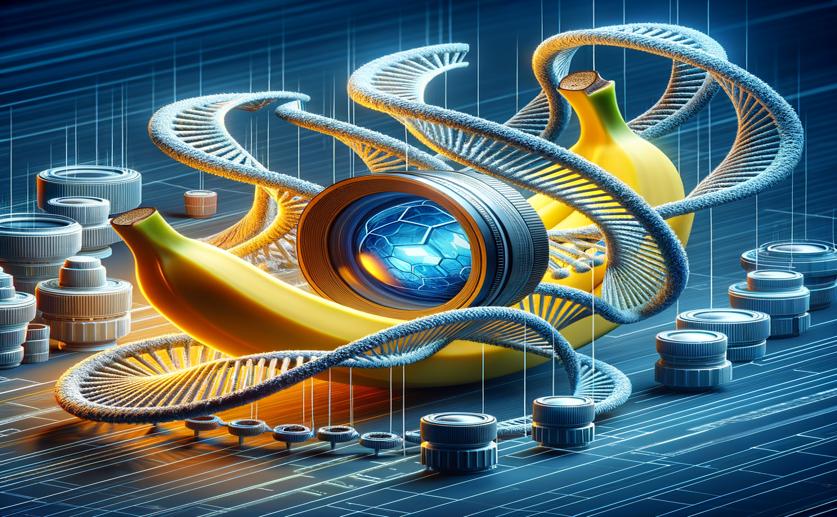
Banana DNA Derivatives as Alignment Layers in Optical Devices
Greg Howard
14th September, 2024

Image Source: Natural Science News, 2024
Key Findings
- Researchers at the Military University of Technology developed an eco-friendly method to extract and use banana DNA for liquid crystal alignment layers
- The banana DNA-based alignment layers are biodegradable and offer a safer alternative to toxic polyimide layers
- This innovation supports sustainable development by converting food waste into valuable biopolymers for optical devices
References
Main Study
1) Banana DNA derivatives as homeotropic alignment layers in optical devices.
Published 13th September, 2024
https://doi.org/10.1039/d4sm00322e
Related Studies
2) Microbial strategies for bio-transforming food waste into resources.
3) Sustainable processing of food waste for production of bio-based products for circular bioeconomy.
4) Utilization of fruit and vegetable waste to produce value-added products: Conventional utilization and emerging opportunities-A review.
5) Production of biopolymers from food waste: Constrains and perspectives.



 25th June, 2024 | Jenn Hoskins
25th June, 2024 | Jenn Hoskins